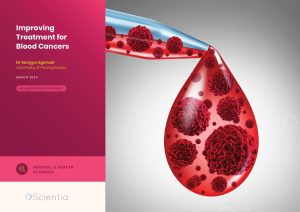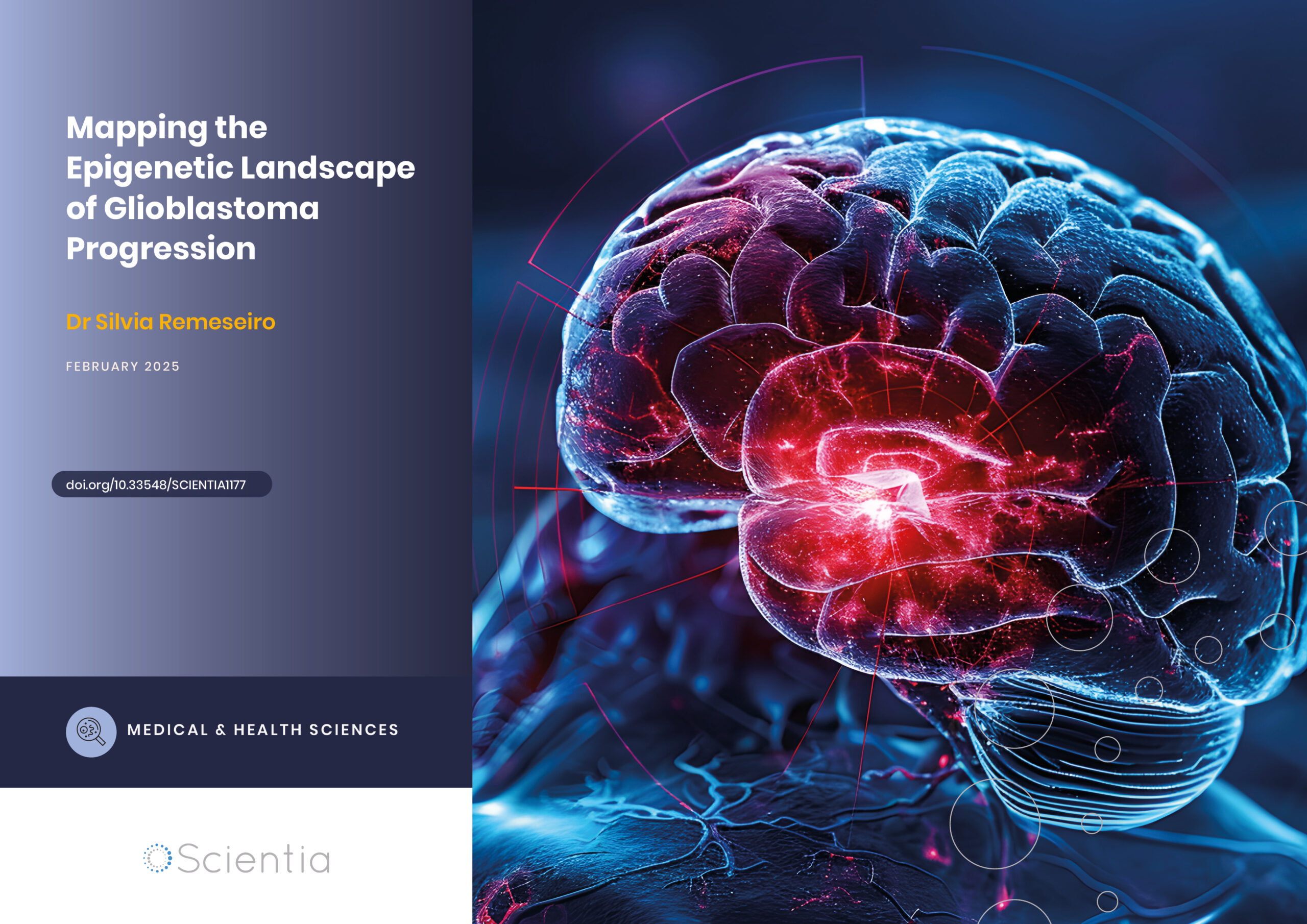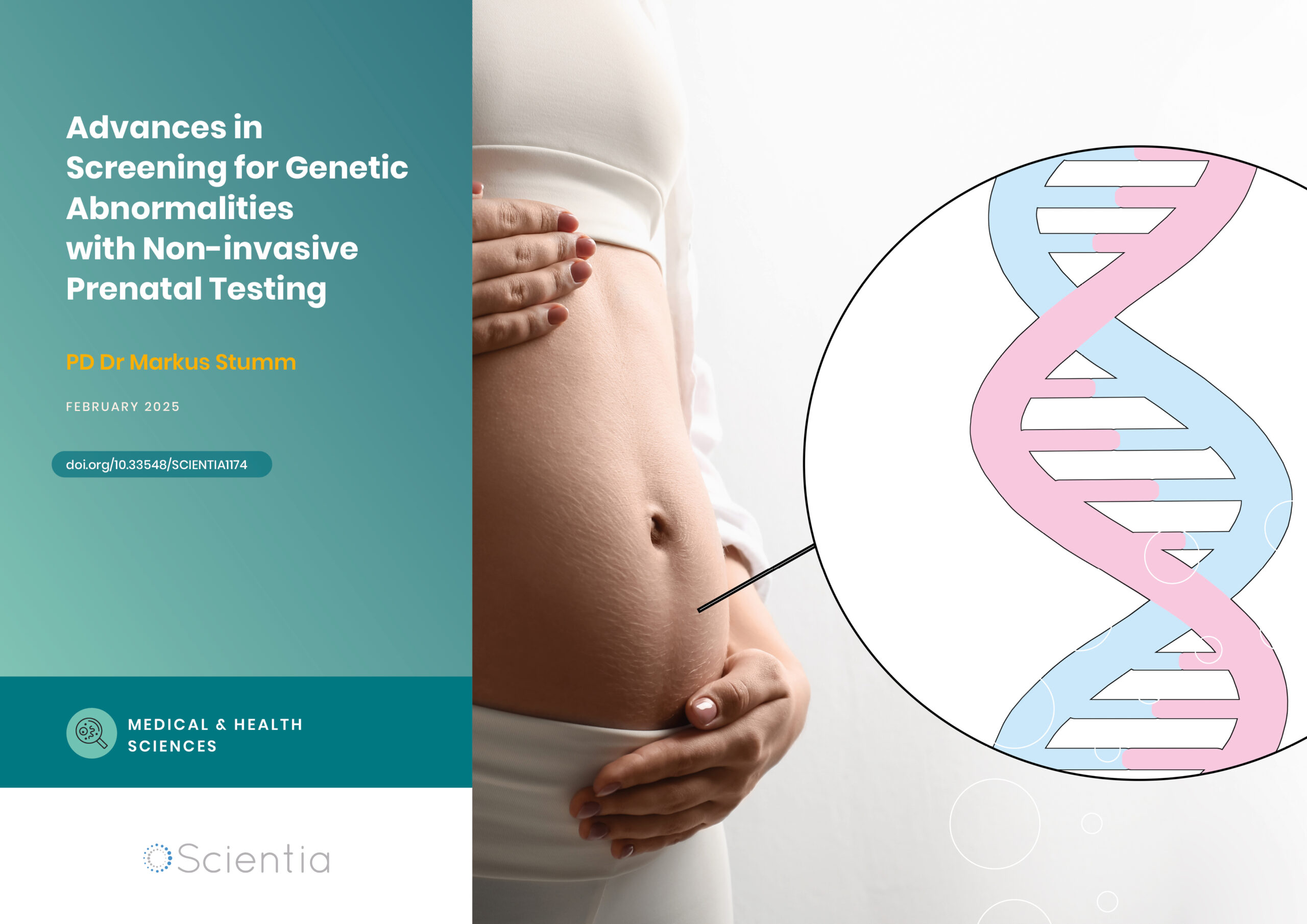Dr Sangya Agarwal | Improving Treatment for Blood Cancers
Chimeric antigen receptor (CAR)-T cell therapy can be highly effective in treating different types of blood cancer, but unfortunately, it does not work for all patients. Dr Sangya Agarwal worked in Dr Carl H June’s laboratory at the University of Pennsylvania to improve the efficacy of CAR T cell therapy to maximise the success of this personalised cancer treatment for the benefit of a greater number of patients.
Lymphocytes and Cancer
T and B lymphocytes (T cells and B cells) are found in large quantities in our blood, playing a vital role in the fight against infection. More specifically, B cells produce proteins known as antibodies, often found in lymph nodes or other lymphoid tissues, including the spleen. When this process goes wrong, the usually helpful B lymphocytes can multiply uncontrollably, resulting in a form of blood cancer known as lymphoma or leukaemia. Taken together, blood cancers (including leukaemia, lymphoma, and myeloma) account for about 10% of all diagnosed cancers in the USA each year. While T cell lymphoma does exist, it is a much rarer form of cancer than B cell malignancies.
For patients with B cell malignancies (cancer cells with the potential to spread), a novel approach known as chimeric antigen receptor (CAR)-T cell therapy can be highly effective. This involves extracting some of the patient’s own T cells and genetically engineering them to recognise a specific protein on the cancer cells and eliminate those cancer cells before being returned to the patient’s bloodstream. Reprogramming the patient’s immune system in this way is a highly innovative but complex advance in personalised cancer treatment.
Unfortunately, not all patients respond to CAR T cell therapy as hoped. Dr Sangya Agarwal (currently at Stanford University in the USA) worked in Dr Carl June’s lab and his team at the University of Pennsylvania to better understand why this usually highly effective treatment fails for some patients.
Overcoming T Cell Dysfunction with CRISPR
Dr Agarwal explains that the lack of response to CAR T cell therapy is most likely due to T cell dysfunction. This dysfunction can occur in the absence of specific external influences but also as the result of a variety of disease, treatment, and patient-related factors. For example, after multiple rounds of chemotherapy, T cells are often reduced in quality, giving scientists much less to work with.
CRISPR (short for clustered regularly interspaced short palindromic repeats) is a relatively new and highly precise gene editing tool. CRISPR-associated nuclease 9 (Cas9) is an enzyme used in the CRISPR system, and researchers can use this to disrupt and modify specific genes in an approach known as CRISPR Cas9 technology.
These capabilities offer tremendous potential in modern medicine. Dr Agarwal and her colleagues saw that editing T cells had the potential to not only improve the safety of CAR T cell therapies but also increase their efficacy. In 2021, they published a detailed protocol for editing T cells and generating CAR T cells.

Application to Pre-clinical Models of Blood Cancer
Following the publication of their protocol, Dr Agarwal and her colleagues tested their published gene editing approach in pre-clinical (mouse) models of leukaemia and myeloma. Cytotoxic T-lymphocyte associated protein 4 (CTLA4) inhibits T cell functions, thus playing an important role in regulating the immune system response. Programmed cell death protein 1 (PDCD1) is found on T cells and B cells and also works to regulate the immune system’s response. Given the roles played by CTLA4 and PDCD1, Dr Agarwal and her colleagues were keen to test whether deleting both or either, using CRISPR Cas9 technology, could improve the success of
CAR T therapy.
The findings were extremely promising. First, an in vitro (laboratory) stress test using isolated T cells subjected to chronic antigen exposure to mimic the real-world tumour environment demonstrated improved CAR T cell proliferation and anti-tumour efficacy – but only when CTLA4 had been deleted, but not when PDCD1 or the combination of CTLA4 and PDCD1 had been deleted. Second, the same benefits were found when using in vivo (living) mouse models. In terms of mechanisms, Dr Agarwal and her colleagues explain that the experimentally induced CTLA4-deficiency facilitated enhanced CD28 signalling, a process that is essential for T cell survival and the maintenance of CAR expression on the T cell surface, is imperative when faced with high antigen load in their experiments.
From Pre-clinical Models to Patients
Even more exciting results were in the pipeline for Dr Agarwal and her colleagues. When they tested the deletion of CTLA4 in patients’ T cells with leukaemia for whom previous CAR T cell therapy had been unsuccessful. Critically, their confirmation that selective deletion of CTLA4 reinvigorates patient T cells provides a strategy for improving patient response to CAR T cell therapy.
Placing the Findings in Context
Dr Agarwal and her colleagues note that their findings present some challenges in the context of the broader literature. For example, dual checkpoint blockade (i.e., blockade of PDCD1 and CTLA4 together) in other studies has shown superior effects compared to the blockade of CTLA4 alone. They also note that the benefits of selectively deleting PDCD1 and/or CTLA4 in CAR T cell therapy are likely to be context-dependent, meaning that further research is required to better understand the circumstances in which their approach will work – and when it won’t.
Dr Agarwal concludes, ‘Despite the remarkable success of CD19-directed CAR T cell therapy, some patients with B cell malignancies fail to achieve durable responses. The disruption of CTLA-4 presents a promising new strategy to reinvigorate dysfunctional leukaemia patients’ T cells, thereby increasing the efficacy of CAR T cell therapies.’ These exciting results from Dr Agarwal and her colleagues offer a much-needed beacon of hope in the ongoing battle against cancer.
SHARE
DOWNLOAD E-BOOK
REFERENCE
https://doi.org/10.33548/SCIENTIA1006
MEET THE RESEARCHER

Dr Sangya Agarwal
School of Medicine
Stanford University
Stanford
CA, USA
Dr Sangya Agarwal obtained her PhD in gene therapy and vaccines, specialising in cellular therapies, from the Perelman School of Medicine at the University of Pennsylvania in 2023, working in the laboratory of Dr Carl H June, a world-renowned cancer cell therapy pioneer. Dr Agarwal has already published more than 15 peer-reviewed publications and holds a patent titled, ‘CRISPR-Cas9 Knockout of SHP1/2 to reduce T cell exhaustion in Adoptive Cell Therapy’. She is currently pursuing her postdoctoral research in the laboratory of Dr Howard Y Chang in the Department of Dermatology in the School of Medicine at Stanford University.
CONTACT
med.stanford.edu/changlab.html
FURTHER READING
S Agarwal, MA Aznar, AJ Rech, et al., Deletion of the inhibitory co-receptor CTLA-4 enhances and invigorates chimeric antigen receptor T cells, Immunity, 2023, 56(10), 2388–2407.e9. DOI: https://doi.org/10.1016/j.immuni.2023.09.001
S Agarwal, N Wellhausen, BL Levine, CH June, Production of Human CRISPR-Engineered CAR-T Cells, Journal of Visualized Experiments, 2021, 169, e62299. DOI: https://doi.org/10.3791/62299


REPUBLISH OUR ARTICLES
We encourage all formats of sharing and republishing of our articles. Whether you want to host on your website, publication or blog, we welcome this. Find out more
Creative Commons Licence (CC BY 4.0)
This work is licensed under a Creative Commons Attribution 4.0 International License. 
What does this mean?
Share: You can copy and redistribute the material in any medium or format
Adapt: You can change, and build upon the material for any purpose, even commercially.
Credit: You must give appropriate credit, provide a link to the license, and indicate if changes were made.
SUBSCRIBE NOW
Follow Us
MORE ARTICLES YOU MAY LIKE
Dr Silvia Remeseiro | Mapping the Epigenetic Landscape of Glioblastoma Progression
Glioblastoma, the most aggressive form of brain cancer, continues to challenge medical professionals with its poor survival rates. Recent groundbreaking research by Dr Silvia Remeseiro and her colleagues at Umeå University in Sweden has shed light on the complex epigenetic and chromatin-related mechanisms underlying the communication between neurons and glioma cells. This research opens new avenues for understanding and potentially treating this formidable disease.
Dr Markus Stumm | Advances in Screening for Genetic Abnormalities with Non-invasive Prenatal Testing
Non-invasive prenatal testing (NIPT) is a method of screening for genetic abnormalities in the unborn child through a simple blood sample taken from the mother. The non-invasive nature of the test has minimal to no risk to the mother and foetus and, since 2012, has been applied extensively around the world. As NIPT technology advances, Dr Markus Stumm of Medicover Genetics in Germany and his colleagues from Cyprus discuss the different techniques used, their strengths, their limitations and important considerations for pregnancy management.
New Directions for Reproductive Lifespan and Healthspan
Balancing starting a family with career goals is a difficult challenge many women have to face, which can lead to inequalities in various aspects of their lives. Dr Zhongwei Huang and the team at NUS Bia-Echo Asia Centre for Reproductive Longevity and Equality (ACRLE) are pioneers in reproductive health research. They work to improve female reproductive longevity and equality, exploring novel approaches to tackle fertility and conception problems, and ways to maintain optimal healthspan later in life.
Dr Markus Regauer | An Evidence-Based Perspective on Treating Severe Ankle Injuries
Ankle injuries are very common but notoriously difficult to treat due to the complexity of the ankle anatomy, compounded by the range of surgical options available. Dr Markus Regauer, a leading orthopaedic surgeon from SportOrtho Rosenheim and Schön Klinik Vogtareuth, worked with a team of clinicians and scientists at the Musculoskeletal University Centre Munich to thoroughly review the published literature. This was combined with Dr Regauer’s extensive surgical experience to produce a practical guide for surgeons to guide the best treatment for individual ankle (syndesmotic) injuries.





